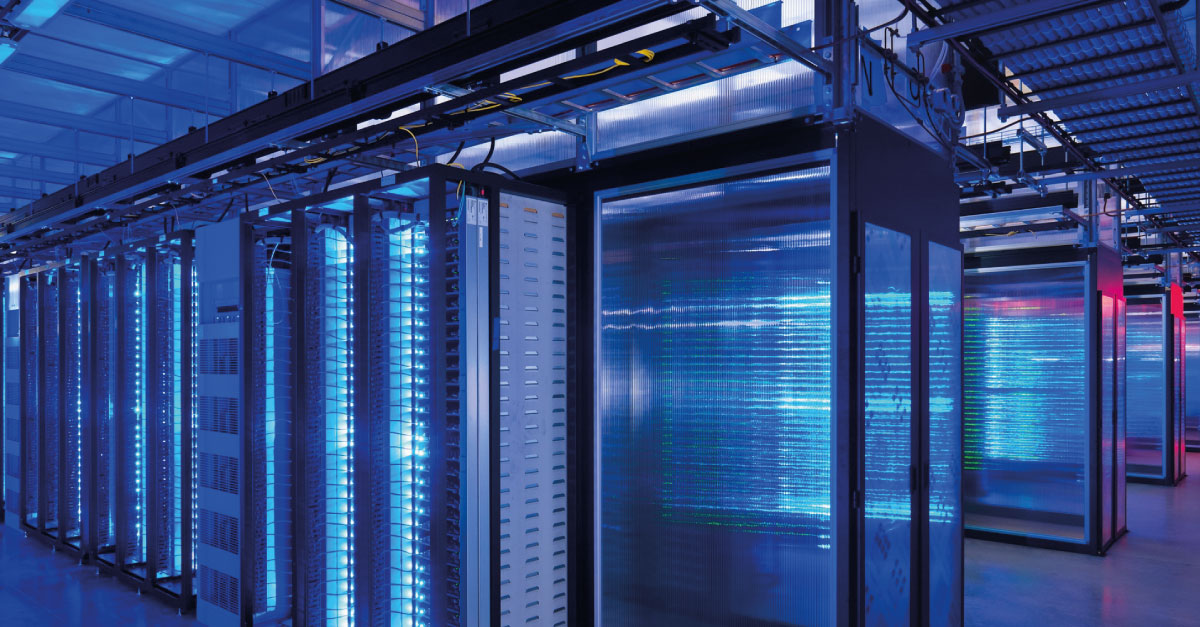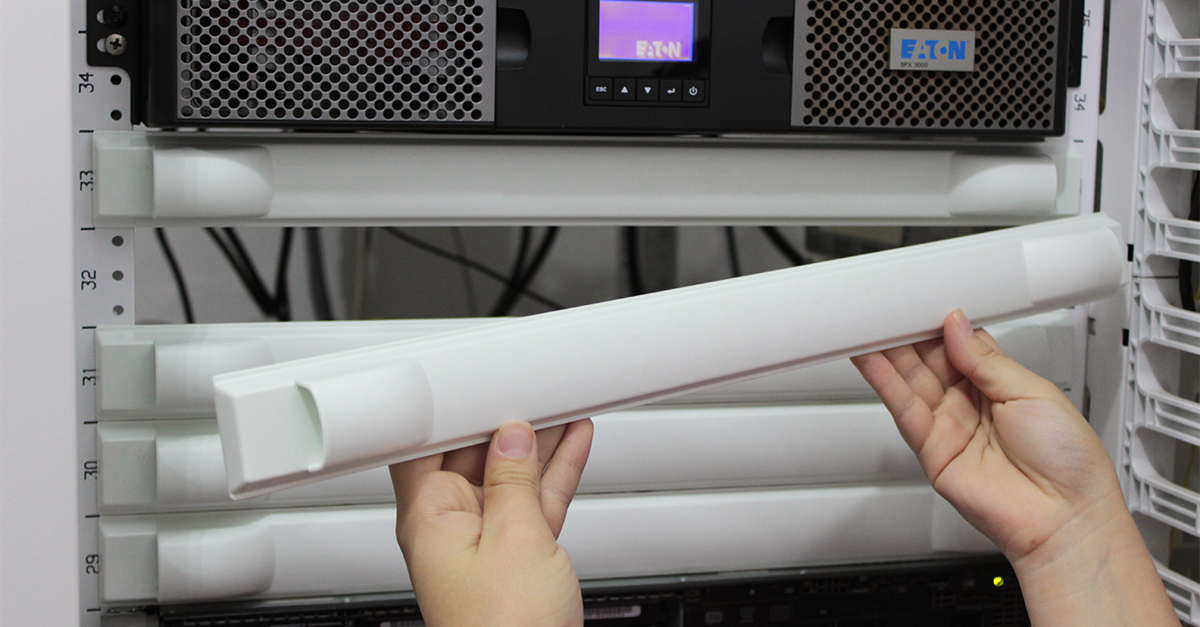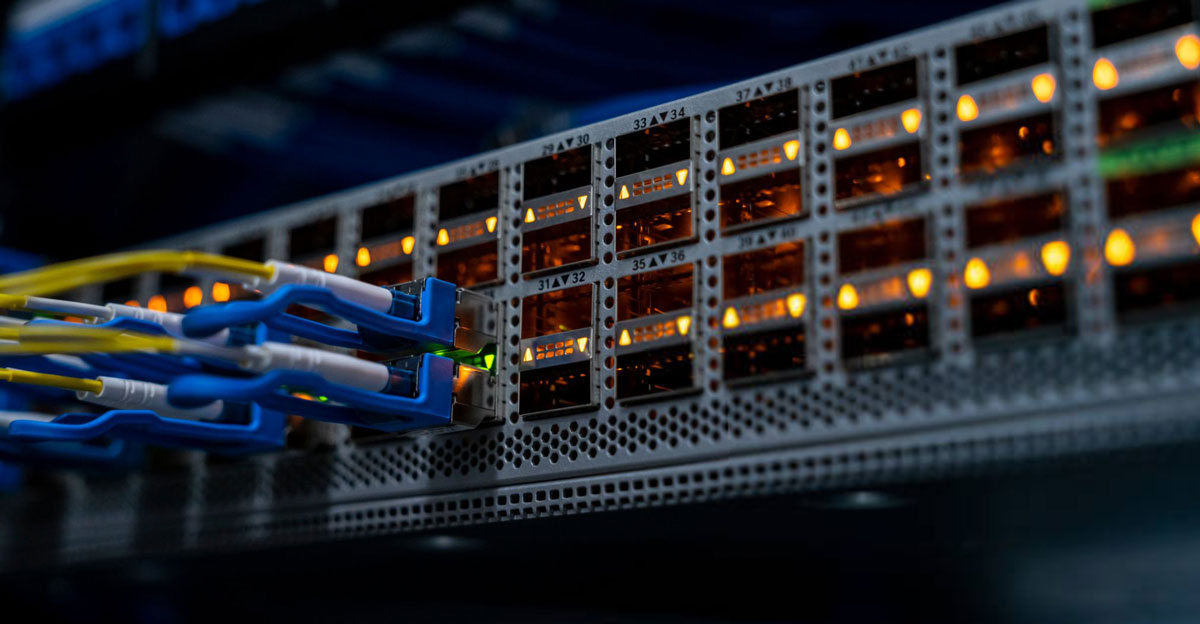Data center is a centralized facility that shares IT operations and equipment for storage, processing and dissemination of data and applications. As data centers house the organization’s most important proprietary assets, they are critical to the continuity of day-to-day operations. Therefore, the security and reliability of the data center and its information is a priority for any organization.
In the past, data centers were a highly controlled physical infrastructure, but the public cloud has changed that paradigm. In addition to regulatory restrictions that require on-premises data centers to lack Internet connectivity, most modern data center infrastructure has evolved from on-premises physical servers to a virtualized infrastructure that supports applications and workloads in multi-cloud environments.
What is a data center, or Data Processing Center?
A data center is an integral part of an enterprise, designed to support business applications and provide the following services:
- Storage, management, backup and recovery of data;
- Productivity apps like email;
- Many e-commerce transactions;
- Strengthen the online gaming community;
- Big Data, Machine Learning and Artificial Intelligence;
- Today, there are more than 7 million data centers around the world.
Almost all companies and government entities either build and maintain their own data center or have access to another organization’s data center, if not both models. There are many options today, such as renting servers in colocation facilities, using data center services managed by third parties, or using public cloud-based services from hosts like Amazon, Microsoft, Sony, and Google.
Understand the main components of a Data Processing Center
Data center architectures and requirements can vary widely. For example, data centers built for cloud service providers like Amazon meet installation, infrastructure, and security requirements that are significantly different from completely private data centers, such as those built for government agencies that specialize in protecting sensitive data.
Regardless of classification, efficient data center operations are achieved through balanced investments in the facility and the equipment it houses. In addition, as data centers often house an organization’s business-critical data and applications, facilities and equipment must be protected from intruders and cyber attacks.
The main elements of the data center are divided as follows:
Installations
Free space available for computer equipment. Providing 24/7 access to information makes data centers one of the most energy-intensive facilities in the world. Emphasis is placed on space-optimized design and environmental controls to keep equipment within specific temperature/humidity ranges.
Main components
Devices and software for IT operations and data and application storage. These may include storage systems; servers; network infrastructure, such as switches and routers; and various information security elements such as firewalls.
Support infrastructure
Devices that help securely maintain the highest possible availability. The Uptime Institute defines a four-tier data center with availability ranging from 99.671% to 99.995%. Some components of the supporting infrastructure include:
Uninterruptible power supply (UPS)
Redundant batteries, generators and power supplies.
Environmental Controls
Computer Room Air Conditioning (CRAC), Heating Systems, Ventilation and Air Conditioning (HVAC) and Exhaust Systems.
Physical Security Systems
Biometrics and Video Surveillance Systems.
Operations Team
Team monitoring the operation and maintenance of equipment and IT infrastructure 24 hours a day.
Data centers have undergone significant changes in recent years. As enterprise IT needs continue to migrate to on-demand services, data center infrastructure has shifted from on-premises servers to virtualized infrastructure that supports workloads in clustered physical infrastructure and multi-cloud environments. As the saying goes: the modern data center is where your workloads live.
Source: Palo Alto Networks







